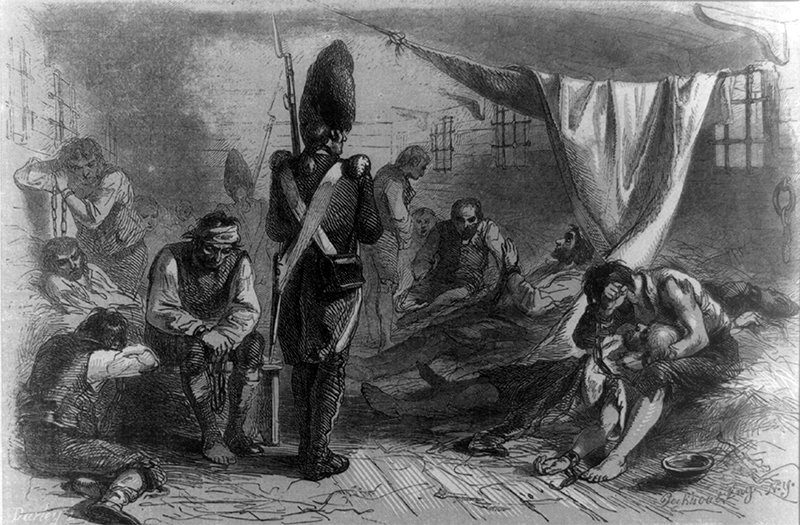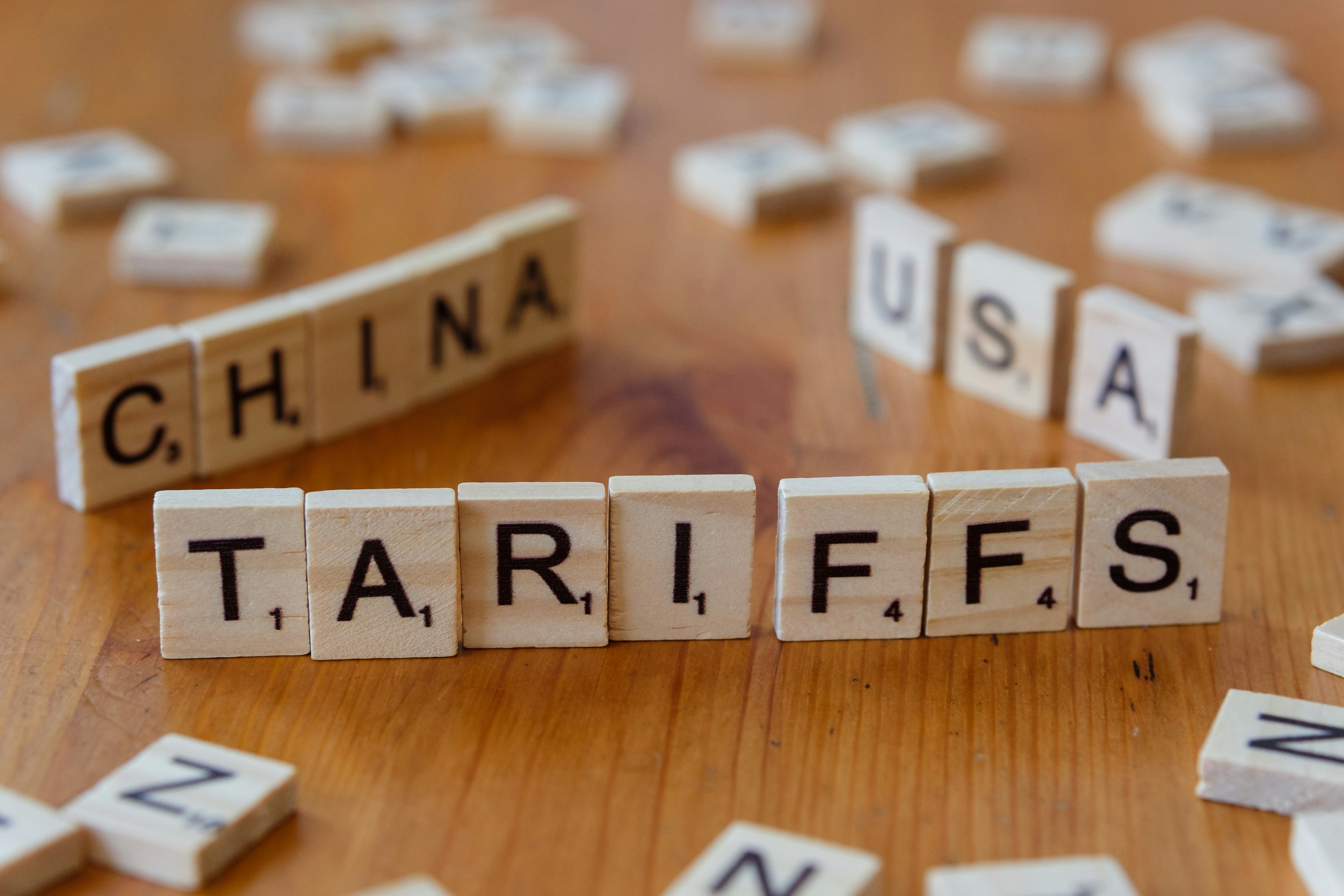How 8,500 American POWs died in captivity during the Revolution
During war, POWs often sacrifice the most. We felt it important to take a closer look at those who gave so much for independence of 13 small colonies. “I soon found that every spark of humanity had fled the breasts of the British officers who had charge of that floating receptacle of human misery; and that nothing but abuse and insult was to be expected,” -Alexander Coffin Jr

During war, POWs often sacrifice the most.
Traitor or Prisoner?
Leading up to the American Revolution, the treatment of Prisoners of War (POWs) in Europe was relatively standardized and humane, at least compared to previous forms of treatment. But such treatment was not yet codified in law, it was instead a result of customs that developed in Europe following increasingly-deadly eighteenth century conflicts, and the ideals wrought from the Enlightenment thinkers of the period.
While these customs yielded treatment of POWs that was more humane than previous periods, the basis for such treatment was found in a different place. During this time, the care and supplies for POWs were expected to be provided by their own army or government, or even their own private resources at hand.
The main problem that undid the benefits of these customs was that they only applied to sovereign states, making the continental prisoners incapable of being classified as POWs.
To the British, the Americans were internalized rebels fighting against their rulers, not sovereign citizens by any means. King George III declared the American revolutionaries as traitors in 1775, denying them the possibility of receiving POW status.
POWs had a horrible life
According to Alan Marsh, a former cultural resource specialist for the National Parks Service (NPS), “An estimated 20,000 Americans were held as prisoners of war and 8,500 died in captivity… for many, life as a prisoner of war was spent in the damp, musty holds of vessels.”
The NPS states, “For those who died, their bodies were tossed overboard, or taken ashore and buried in shallow graves. After the Revolution, although America was no longer at war, many American sailors became captives at the hands of the “Barbary pirates” of North Africa and were used as slave labor until ransomed.”
These prison ships utilized by the British were anchored in Wallabout Bay, New York, Charlston Harbor, South Carolina, and St. Lucia, West Indies.
British soldiers captured could have a different experience, depending on how much money they could produce. Although the Continental Congress prescribed some rules, it delegated authority to local committees on how to house prisoners and parole officers. This led to bribery being commonly accepted among colonials suffering hardship. Prisons were established as the war went on, but many British soldiers were confined in jails or other temporary facilities.
“From morn to eve along the decks we lay
Scorch’d into fevers by the solar ray;
No friendly awning cast a welcome shade,
Once was it promis’d, and was never made;
No favours could these sons of death bestow,
‘Twas endless cursing, and continual woe:
Immortal hatred doth their breasts engage,
And this lost empire swells their souls with rage.”
– Philip Frenau’s The British Prison Ship, II. 47-54, 1781.
Tangible Conditions
American revolutionary combatants were only formally recognized as POWs by the Parliament of Great Britain in 1782, seven years after they were deemed traitors by the Crown. Benjamin Franklin worked tirelessly to improve the lives of the captive sent back to England. However, the crown was uncooperative and generally would not trade prisoners. In April 1783, the remaining prisoners of the HMS Jersey were finally released.
The war of 1812 was measurably better, but still caused the birth of America’s national anthem by Francis Scott Key. It is the only national anthem in the world written by a prisoner of war.



.avif)
.jpg)


Conversation